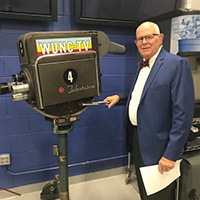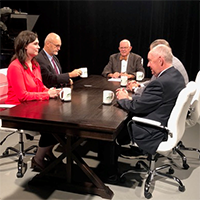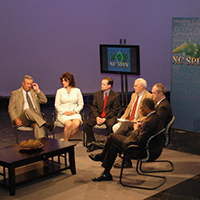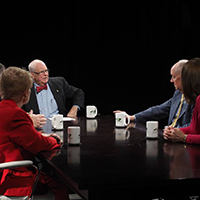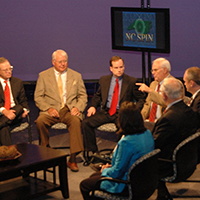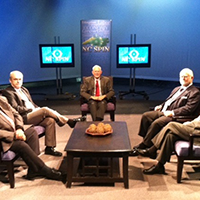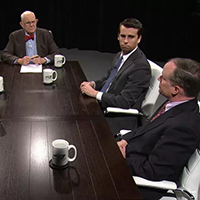Maybe government can get it right with transportation plan
Published December 12, 2014
Editorial by Asheville Citizen-Times, December 10, 2014.
The draft State Transportation Improvement Program allocates about $15 billion through 2025 on more than 550 road, aviation and public transit and walkway projects. At least $532 million of that would be spent in Buncombe County. After a public comment period, the state Board of Transportation will make the final decision in June.
Officials say the new plan contains nearly three times as many road projects as would have been built under the old formula. This is due to elimination of several earmark funds and concentration on smaller projects, Patrick Gannon wrote for Capitol Press Association.
The plan has been met with widespread praise. “It’s a very good thing for the community,” said Shelby Mayor Stan Anthony. It “could be good news for commuters who clog Triangle freeways,” Bruce Siceloff wrote in the Raleigh News & Observer. In a word, the new formula stresses data. Gov. Pat McCrory said the old formula was one “in which, frankly, roads and transportation weren’t always built based on congestion or safety or economic development. Sometimes it was based on politics.”
Forty percent of all funding is allocated statewide based solely on data, 30 percent by region based primarily on data and 30 percent among the 14 Department of Transportation divisions based on both data and local input. To avert disruption, projects scheduled for bidding by July are grandfathered in.
Buncombe County projects including improving I-26 north of Asheville, widening I-26 south of Asheville, improving the I-40/I-240/I-26 interchange, widening Amboy and Sweeten Creek roads and improvements to Asheville’s traffic signals. A number of projects involve intersection improvements, which often does a lot of good at minimal cost. Notably absent is the project to untangle the Bowen Bridge mess on I-26/I-240. The cost is anywhere from $230 million to $322 million and it has consistently ranked low on the state’s priority list.
Statewide, a couple of controversial projects faced different fates. The Gastonia-Charlotte toll road did not make the cut, while the Mid-Currituck toll bridge did. That means the toll road pretty much is doomed but not that the toll bridge is a certainty.
The new system sounds almost too good to be true, and there are a couple of questions. No matter how far the state may have stretched transportation dollars, there simply is not enough money to do everything that needs to be done. Among items on the agenda for the new General Assembly in January are a $1 billion bond issue, increased Division of Motor Vehicles fees and tolls. The new DOT plan puts heavier emphasis on tolls. And then there is the danger of short-changing rural areas where the cost per person may be higher but a single road or bridge is critical because there is no alternative. The three-tier funding system seems to address this problem but it should be monitored.
A perception in politics these days is that government cannot get anything right (a joke about a one-car parade comes to mind). In this case, N.C. just might have shown the naysayers they are wrong.
